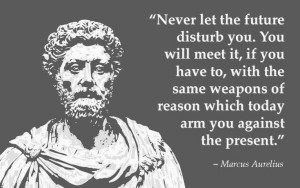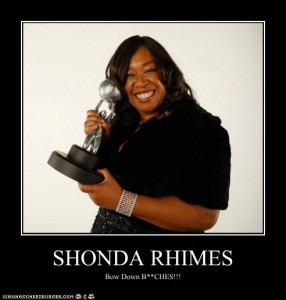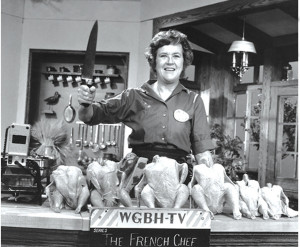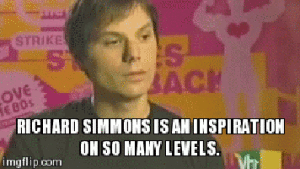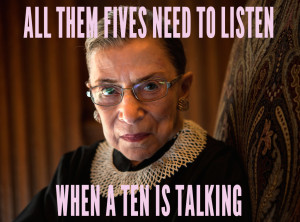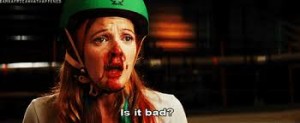That’s Not English by Erin Moore
Written by Ashley Kelmore, Posted in Reviews
Three Stars
One of my dearest friends (born and raised in the USA) married a man from England and moved with him to London, where they’ve been for eight years now. Her husband is a dear man who can embarrass very easily. One of my favorite ways to tease him is to ask him to look at my new pants. You’ve never seen a person turn red so quickly. Because, as you may or may not know, while in the U.S. we call those long bits of cloth we put on our legs pants, the English reserve that term for their underwear.
“That’s Not English” is all about the differences between those who speak English English and American English, using language as a jumping off point. Ms. Moore’s book appealed to me because I spent a year living and attending school in London about five years ago, and I was feeling a bit nostalgic. I recalled that even though we allegedly spoke the same language, there were definitely times where Londoners didn’t get me and I did not get them.
Each chapter focuses on one concept, highlighted by a word (more often the English English term it seems). So it isn’t simply a language book or translation guide; the word is the catalyst for a broader discussion on the concept. For example, the chapter on tipping isn’t so much about other ways the English might refer to the concept, but instead about how the English and people from the US think of the service industry. The section on “middle-class” doesn’t just discuss how that term might have a different connotation in the two countries, but takes a more detailed look at the broader issues of class and how they are demonstrated differently.
The book feels a bit more sociological than I expected, but I think that’s a good thing. If you’ve ever travelled to the U.K. (or if you’re from there and have spent time in the U.S.), I think you’ll find this book charming. It’s a quick, entertaining read.


